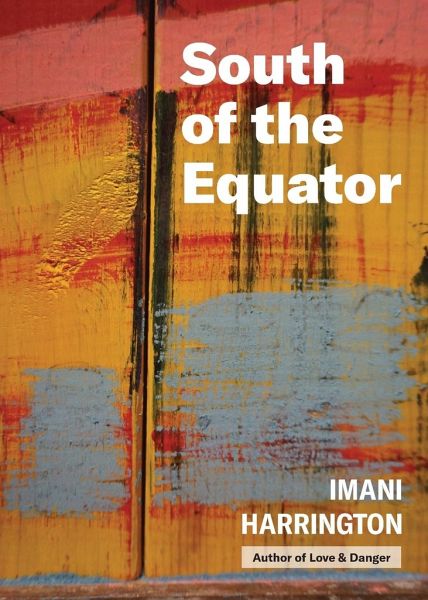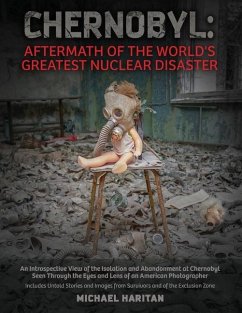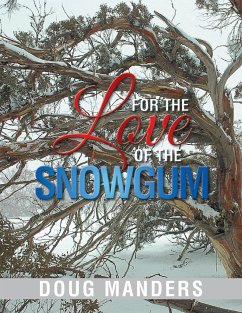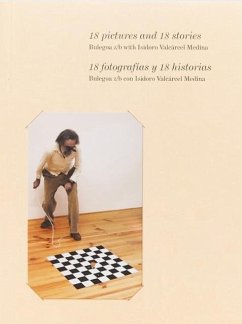
South of the Equator
Versandkostenfrei!
Versandfertig in über 4 Wochen
18,99 €
inkl. MwSt.

PAYBACK Punkte
9 °P sammeln!
This short non-fiction narrative details piquant experiences of travel to the XII AIDS conference, leading to the author's sojourn; the creative quest turns into a past where she later makes a brief visit to France's southern region. When discovering, another artist also created a similar image, leading to the desire to witness what other images she might find. It led to more than an experience of what mystics call chance encounter but enlightens not only her days and hours faced with AIDS. The surprise meeting finds its way documenting a past that turned into a future bodily experience captur...
This short non-fiction narrative details piquant experiences of travel to the XII AIDS conference, leading to the author's sojourn; the creative quest turns into a past where she later makes a brief visit to France's southern region. When discovering, another artist also created a similar image, leading to the desire to witness what other images she might find. It led to more than an experience of what mystics call chance encounter but enlightens not only her days and hours faced with AIDS. The surprise meeting finds its way documenting a past that turned into a future bodily experience captured by a visionary creative art director at the time most known for photographing men and models. This parallel different from the artist's body, also reveals documentation needed to understand the impact AIDS has on women and people with AIDS took decades, but the photographer captured a societal taboo that released the facts of HIV. The body-positive presents a short read in a short period offering readers a glimpse into a time when the pandemic was more than a muse but also a death sentence. It recounts the waxing days of the early gibbons' moon, a harvest of years of HIV/AIDS. The public oft misconstrued the body-positive black and white and brown. At the time, people with HIV were predominately men and white, and gay, but communities of color were also faced with the wreckage that the virus hit and women not in the magazines. However, during this time, the author's attendance to the colloquium observed the importance of the need to keep writing and documenting what she could muster as part of the experience came with travel to Europe, where a moment of photojournalism without print or photos gave the artist a nod from a reliable source, but that came later in the process in the form of posters. She abandoned the piece and returned to it, not knowing how many hours were left, let alone whether she'd survive AIDS. 330 words 2/6/21 2a on 2/13/21












